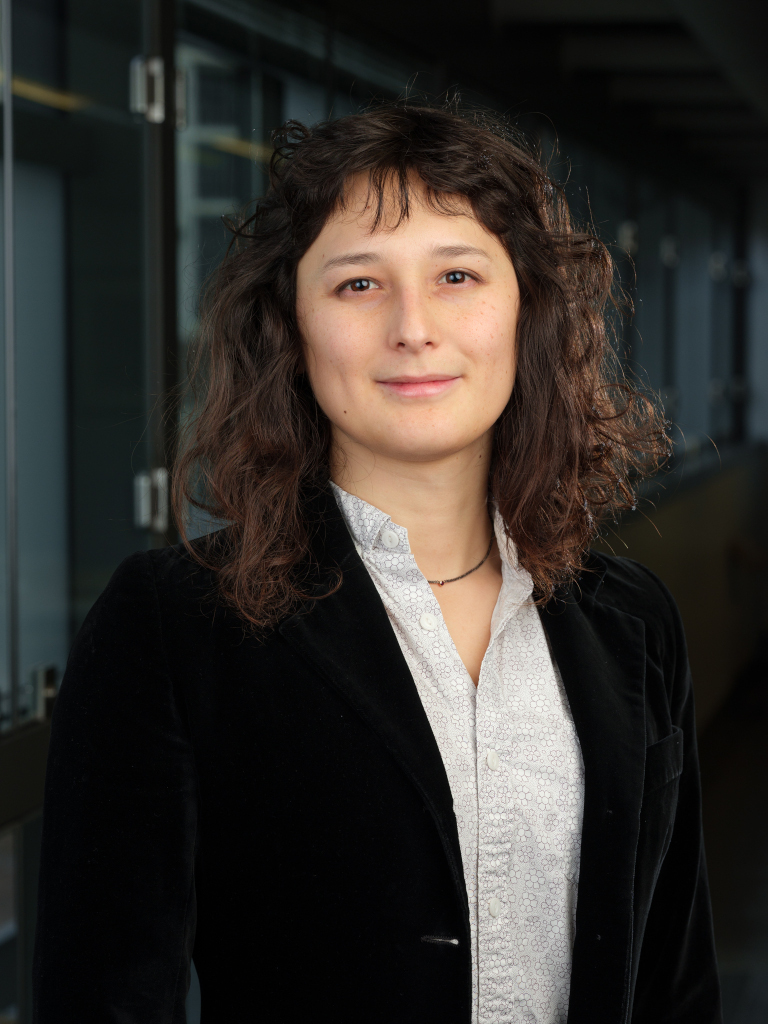
- This event has passed.
ESE PhD Thesis Defense: “Cellular Cosheaves, Graphic Statics, and Mechanics”
April 17, 2024 at 2:00 PM
Methods from algebraic topology enable simplifications and extensions of fundamental concepts in structural and mechanical engineering. Chief among these tools are cellular sheaves and cosheaves – abstract mathematical data structures over polyhedra and discrete spaces. The homology of cellular cosheaves (and cohomology of cellular sheaves) combines and distills distributed data into the most meaningful algebraic-topological features of the underlying system. While sheaves in general have a rich lineage in pure mathematics, only recently has this theory been simplified and streamlined towards practical applications.
The main contribution of this thesis is in describing and enriching graphic statics, a structural design method that emerged in the 19th century. This is a geometric form of Poincaré duality where primal and dual graphs encode the form and forces of a truss structure. We first model planar truss statics using cosheaves, then prove that the long exact sequence of cosheaf homology precisely recovers the graphic statics relationship. This relation further extends to the equivariant setting, where the statics of symmetric structures (under finite group action) splits by irreducible representations (and symmetry types). The cosheaf method proves invaluable in the modern 3D polyhedral setting, where a spectral sequence is used to untangle the linear relations between a range of filtered geometric cosheaf equilibrium spaces. Here many novel results are derived, interlinking the statics of geometrically dual trusses and other systems.
There are several secondary results presented in this thesis. We connect the statics of trusses with the statics of rigid frames, deriving the novel anchored frame system. We prove that mechanical linkage kinematics are in fact encoded by anchored frame self-stresses. The kinematics of rigid origami surfaces is described by cellular cosheaves as well in dual systems. The Jacobian between hinge angular velocities and spatial velocity vectors is shown to be a connecting homomorphism, connecting different origami models and extending widely used linearization techniques in closed-chain kinematics.

Zoey Cooperband
ESE Ph.D. Candidate
Zoe Cooperband is a PhD candidate in systems engineering at the University of Pennsylvania. Under Dr. Robert Ghrist, Zoe’s research revolves around inventing applications of cellular sheaf theory in engineering and the sciences. She received a double Bachelor of Science from California State University, San Luis Obispo in 2018 in mathematics and architectural engineering. In 2023 she received the Hangai prize from the International Association for Shell and Spatial Structures (IASS) for her contributions to the theoretical underpinnings of structural engineering.
